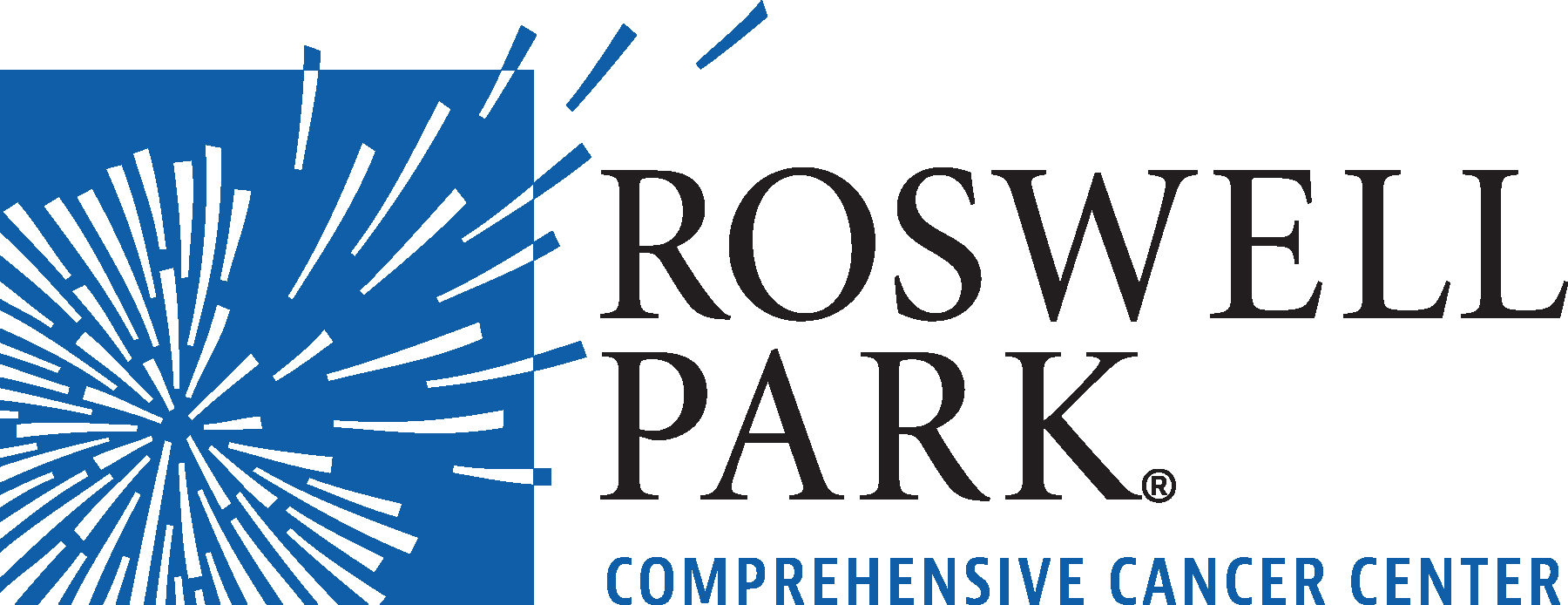June 2, 1998
FOR IMMEDIATE RELEASE
Deborah Pettibone
(716) 845-8593
STATE-OF-THE-ART DETECTION AND TREATMENT OF EARLY STAGE LUNG CANCER BUFFALO, NY - Lung cancer is the most common cause of cancer deaths in North America. Overall five-year survival rates have remained stubbornly below 15 percent largely due to the inability to diagnose the disease until it is far advanced. Although treatment options at that point may prolong survival, they are usually not curative.
However, with the installation of the Xillix(r) LIFE-Laser Induced Fluorescence Endoscopy System at Roswell Park Cancer Institute, the outlook may be brighter. This innovative technology will enable physicians to detect premalignant and intraepithelial (preinvasive) neoplastic lesions in the lung and initiate appropriate curative treatments such as surgery, radiation therapy, chemotherapy or, in many cases, photodynamic therapy using the photosensitzer, Photofrin(r).
"This lung fluorescence endoscopy system is the first of its kind specifically designed to detect early lung cancer. When it is used with conventional bronchoscopic examination, it doubles our ability to detect abnormal (premalignant) cells, and to detect lung cancer in its early preinvasive stage," according to Gregory M. Loewen, DO, of the Division of Medicine. "It is likely that it will become a screening tool of the future."
Historically, localizing premalignant and intraepithelial neoplastic lesions in the lung using conventional white-light bronchoscopy has been difficult because there is little visual difference between normal and abnormal tissues. The Xillix(r) LIFE -Laser Induced Fluorescence Endoscopy System is a special bronchoscope (the tube-like device that goes into the lung and allows visual examination of the airways) which can distinguish between normal and abnormal lung tissue using autofluorescence - the natural ability of tissue to emit visible light when exposed to a specific wavelength of light.
The color of the light emitted from normal lung tissue is different than that emitted from cancerous tissue. The Xillix(r) LIFE -Laser Induced Fluorescence Endoscopy System captures the difference in the fluorescence signals and provides real-time video and digital images on the monitor, clearly identifying suspicious tissue for biopsy and final diagnosis. This method has been approved by the United States Food & Drug Administration, which found it to be very efficient in detecting cancer at an early stage in a group of patients who were at high risk for lung cancer (those with a history of previous lung or head and neck cancer).
The Xillix(r) LIFE -Laser Induced Fluorescence Endoscopy System will be used for patients with known or previously diagnosed lung cancer, and for patients with suspected lung cancer.
Treatment options for lung cancer are determined by the type and stage of cancer, and include surgery, radiation or chemotherapy, or a combination of these modalities. Until earlier this year, there were few other treatment options available to lung cancer patients.
In January, the United States Food & Drug Administration approved Photofrin(r), a light-activated drug used in Photodynamic Therapy (PDT), for treatment of patients with early- stage lung cancer. PDT and Photofrin(r) were pioneered at Roswell Park Cancer Institute. This is a new, non-surgical treatment option for people whose lung cancer is diagnosed at an early stage but who are not eligible for surgery or radiation therapy.
For further information, contact Dr. Gregory Loewen at (716) 845-7615 or Dr. Timothy Anderson at (716) 845-5873
The acquisition of the Xillix(r) LIFE -Laser Induced Fluorescence Endoscopy System was made possible by grants from the Oncologic Foundation of Buffalo and the Roswell Park Alliance Foundation.
Roswell Park Cancer Institute was founded in 1898, is the nation's first and one of its largest cancer research, treatment and education centers, and is the only National Cancer Institute-designated comprehensive cancer center in Western New York.
- 30-
